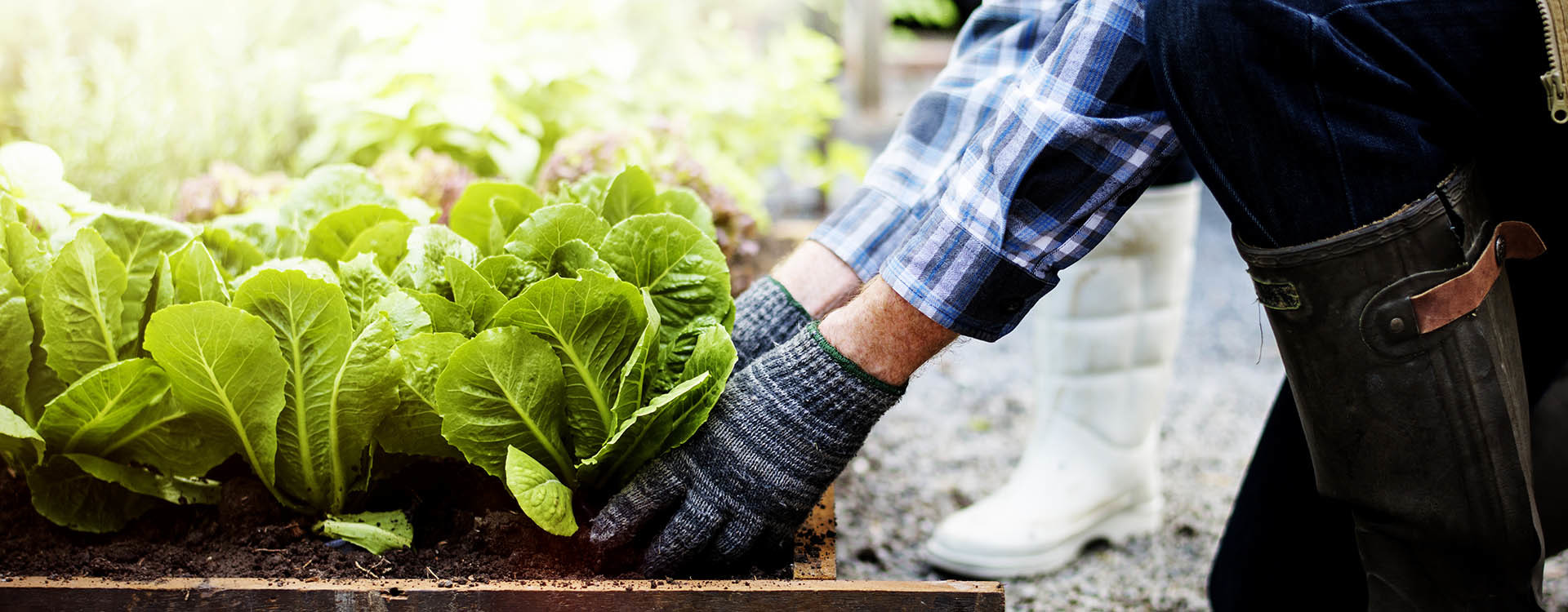City Blooming for Beginners
City Blooming for Beginners
Blog Article
Some Known Questions About City Blooming.
Table of Contents7 Easy Facts About City Blooming DescribedCity Blooming for DummiesCity Blooming Fundamentals ExplainedThe Single Strategy To Use For City Blooming3 Easy Facts About City Blooming Described
Intrigued in growing food to buy in the City of Chicago? Considering beginning an area yard? Changes to the Chicago Zoning Regulation enable farming usages like neighborhood yards and urban farms in lots of parts of the city. Below is a checklist of regularly asked questions pertaining to the guidelines and guidelines that cultivators need to think about when intending a metropolitan farming task.
The zoning change does not customize any kind of various other codes managing composting, structure authorizations, purchasing or leasing City had home, service licenses or ecological contamination. There are existing codes that control these issues and they remain in complete result and might apply to your job. Area gardens are usually possessed or handled by public entities, civic organizations or community-based companies and preserved by volunteers.
Urban farms grow food that is meant to be marketed, either on a nonprofit or for-profit basis. Because of their business function, urban farms require an organization license. Yes. An area garden is enabled to sell surplus generate that was grown on website if the sales are accessory or secondary to the yard's primary objective explained over.
An Unbiased View of City Blooming
Composting is enabled yet only for plant product that is generated and made use of on site. The quantity of compost product can not exceed 25 cubic lawns at any type of provided time according to the requirements in 7-28-715 of the City's Municipal Code. Yes. Since the dirt at most new yard websites needs amending, garden compost, soil, timber chips, or other materials can be gotten to construct or boost the expanding room - eco-friendly practices.

If a structure license is needed then the hoophouse will be taken into consideration an accessory structure. You can figure out more regarding the building permit demands by calling the Division of Structures. The 25,000-square-foot dimension limitation is meant to stop a solitary community garden from controling a given block or detracting from the block's existing household or industrial character.
The restriction does not apply to yards found in Public Open Area (POS) districts. Can there be even more than one community garden that is 25,000 square feet on a single block? Fencing is not called for, however, gardens that have huge parking areas might be needed to install fencing or various other landscape design functions.
5 Easy Facts About City Blooming Described
B1 & B2 areas need that all industrial usage tasks be performed indoors. R areas restrict industrial activity. The guidelines mirror the purpose and intent of the Zoning Code. Is secure fencing required for urban ranches? Yes. Fences may be called for, in addition to landscaping and screening, for specific car park areas and exterior job or storage areas depending on area and the certain task occurring.
Yes. Urban farms call for structure licenses and zoning approvals before construction. Other types of city evaluation might be required depending on particular structures, tasks, dimension, landscape design, licensing, public health and stormwater management issues. Most of these demands are determined in the project layout or allowing procedure, nonetheless, the applicant may be responsible to separately determine specific licenses or allows that might be needed.
The Division of Company Matters and Customer Protection can aid identify the details type of service permit that's called for. Off road auto parking is required for the majority of business projects in Chicago. The needed number of auto parking rooms is based on the number of staff members functioning on website and not the square video of the growing space.
Not known Incorrect Statements About City Blooming

A metropolitan farm can sell garden compost material generated on site, however, the procedure should conform with the guidelines in 7-28-715 of the Chicago Municipal Code. Aquaponic systems are permitted inside on city farms in numerous zoning districts.
As much why not try these out as five hives or colonies of honey might be maintained as an accessory use. Nonetheless, beekeepers need to sign up with the Illinois Department of Agriculture. For additional information concerning the suggested zoning change you may call the Division of Real Estate and Economic Growth, Bureau of Preparation and Zoning at 312.744.8563.
, which takes area in country locations at the edge of suburbs.
Little Known Facts About City Blooming.
, that look for to form social networks established on a common principles of nature and area holism. These networks can create by means of official institutional support, becoming integrated right into regional community planning as a "shift town" movement for lasting metropolitan growth.
In either situation, the extra direct access to fresh vegetable, fruit, and meat items that might be understood through city agriculture can improve food protection and food safety while decreasing food miles, leading to reduced greenhouse gas discharges, thereby adding to climate change mitigation. Several of the initial proof of metropolitan agriculture comes from Mesopotamia.
Report this page